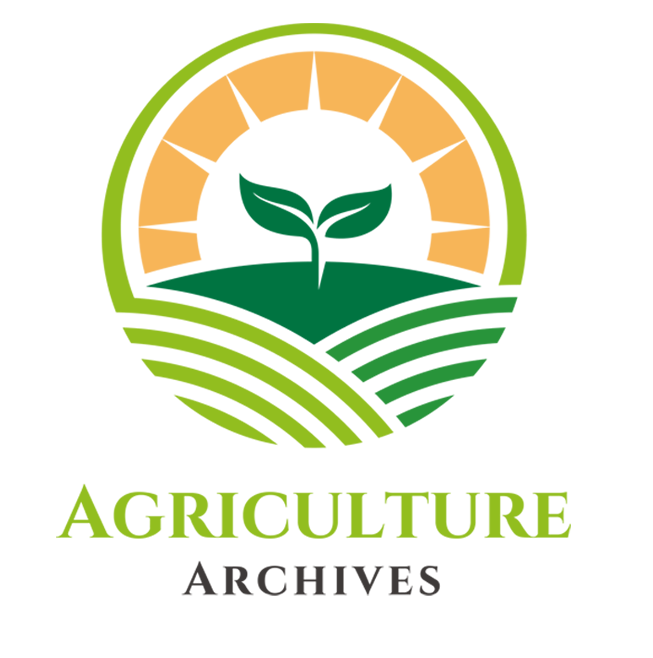This study aimed to develop predictive models for estimating repair and maintenance costs of agricultural implements in Sudan’s Gezira Scheme. Data was collected from 154 machinery owners. Ten types of agricultural implements categorized into primary tillage (disk plow, chisel plow, moldboard plow), secondary tillage (disk harrow, scraper, ridger, ditcher), and other operations (seed drill, sprayer, thresher) were analyzed. Moreover, five regression models were tested (exponential, linear, logarithmic, polynomial, and power). The power model was found to be the most accurate for predicting repair and maintenance costs, with R² values ranging from 0.90 to 0.99 and a highly significant correlation (F-value range: 0.001 to 0.01) between annual working hours (independent variable) and repair and maintenance costs (dependent variable) across the ten implements. Repair and maintenance costs generally increase with higher annual working hours, but variations existed depending on implement type, purchase price, and design, indicating each implement has its own specific power model to predict the costs. In conclusion, this study bridges a critical knowledge gap and supports more efficient agricultural machinery use and management in the Gezira Scheme. Studies are suggested to address this topic under other regions and operational practices.
